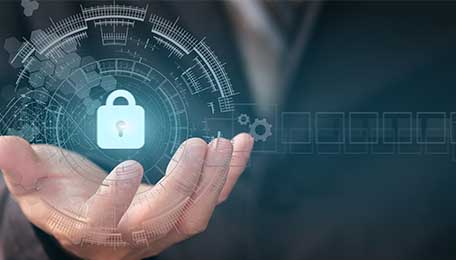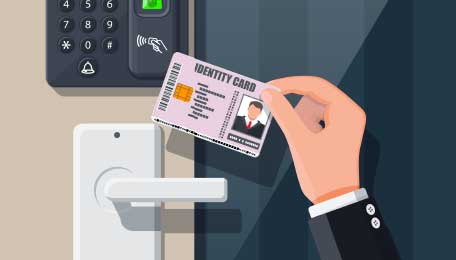In today's digital age, control rooms are the central point for monitoring and managing critical operations across various industries, globally and locally. The integration of IP KVM (Keyboard, Video, and Mouse) systems into control rooms has revolutionized how operators access and manage remote servers and computers. Securing an IP KVM system in a control room is paramount to ensuring the safety and integrity of your operations.
One of the most significant security challenges in KVM systems is unauthorized access. Unauthorized users can potentially gain access to sensitive information or disrupt operations if proper security measures are not in place. Control rooms often manage critical infrastructure, making them attractive targets for cybercriminals.
Without adequate encryption across IP networks, sensitive information, such as login credentials and operational data, can be exposed, leading to potential breaches and data theft.
Insider threats pose a unique challenge to IP KVM systems. Employees or contractors with access to the control room may intentionally or unintentionally compromise security. Managing user access and permissions is crucial to minimizing this risk.
IP KVM systems rely on network connectivity to function. Any vulnerabilities in the network infrastructure, such as outdated software or weak passwords, can be exploited to gain unauthorized access or disrupt operations.
By encrypting data transmissions between the KVM switch and connected devices, you can protect sensitive information from being intercepted by unauthorized parties. Look for IP KVM solutions that offer robust encryption protocols, such as AES (Advanced Encryption Standard), to ensure data confidentiality and integrity.
Implementing strong user access management is essential for controlling who can access the IP KVM system and what actions they can perform. Strategies to limit access to sensitive information include assigning specific roles and permissions to users based on their job responsibilities as well as requiring users to provide multiple forms of verification, such as a password and a fingerprint scan, to access the IP KVM system. These tactics make it more difficult for unauthorized users to gain access.

Conducting regular audits of user access logs and monitor for suspicious activity helps identify potential security breaches early and allows for prompt corrective action.
Securing the network infrastructure is critical for protecting IP KVM systems. Deploy firewalls to restrict unauthorized access to the control room network. Firewalls can help block malicious traffic and prevent external threats from reaching the IP KVM system.
Use Virtual Private Networks (VPNs) to establish secure and encrypted connections between remote users and the control room network. VPNs provide an additional layer of security when accessing the IP KVM system over public or unsecured networks.
Keep all software and firmware up to date to patch known vulnerabilities. Regular updates help protect against exploits and ensure that your IP KVM system is running the latest security features.
Physical security is also important. Implement access controls, such as keycard entry systems or biometric authentication, to restrict physical access to the control room and its equipment.
Install surveillance cameras to monitor the control room and deter unauthorized entry. Surveillance footage can also be valuable for investigating security incidents.
Ensure that the control room environment is equipped with appropriate environmental controls, such as temperature and humidity monitoring, to prevent damage to sensitive equipment.

Securing an IP KVM system in a control room requires a multi-faceted approach that addresses both digital and physical security challenges. By implementing robust encryption, user access management, network security, and physical security measures, you can protect your control room operations from unauthorized access and potential cyberthreats.
Tom Fitzgerald, Black Box Sr. KVM Product Manager, remarked, “Security and reliability, which are often linked, are the most important factors when many of our customers are adding equipment to their control rooms. This is reflected in the design of our products where our products are secure by design, as each feature is carefully reviewed for any security weakness before implementing.”

When you design your control room, you will want to use futureproof and scalable IP KVM solutions. Network resilience and secure, remote access to both physical and virtual machines are trending features. For secure access, you may want to use Active Directory and LDAPs. Our flagship IP KVM product solution, Emerald® IP KVM, offers these features and more.
Need more info? Check out our Control Room Solutions.